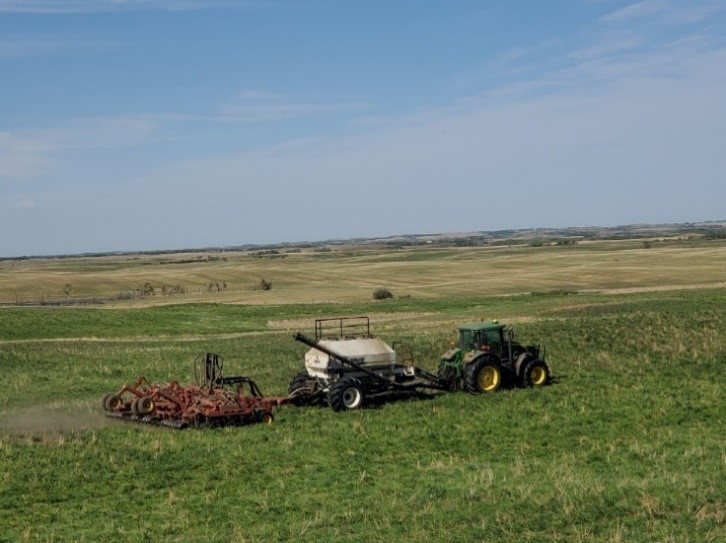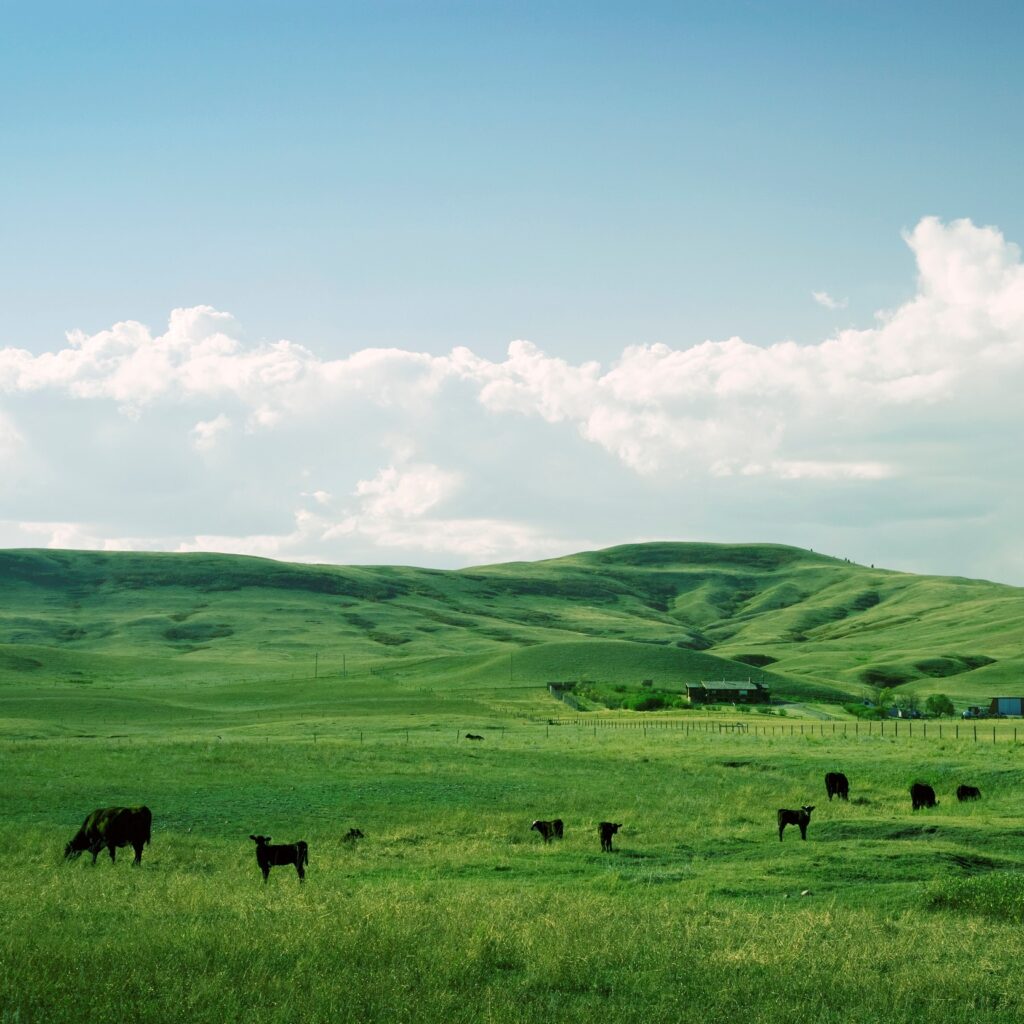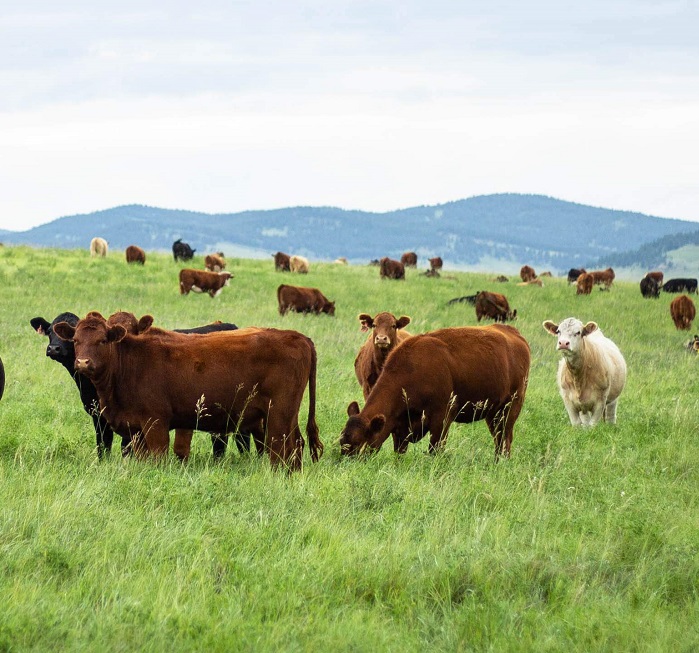-

February 19, 2025Utilizing Annual and Perennial Forages to Improve Productivity🎙️ What can I do about low productivity pastures or increase my feed supply? These...
Keep Reading -

May 17, 2021How Mother Nature Hedges Her Bets This article written by Dr. Reynold Bergen, BCRC Science Director, originally appeared in the May 2021 issue of...
Keep Reading -

March 20, 2020Carrying or Grazing Capacity Are you managing a new-to-you pasture and you need to determine how to stock it? Perhaps it has been recently purchased...
Keep Reading